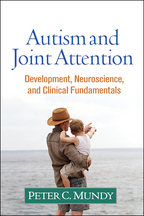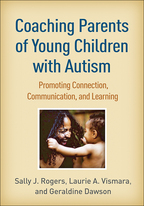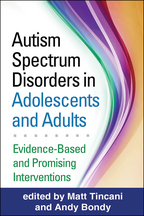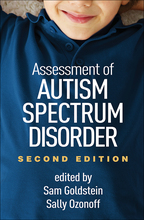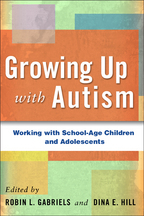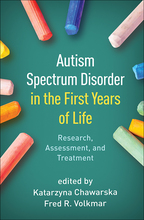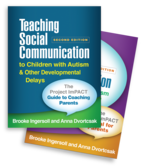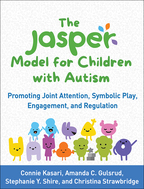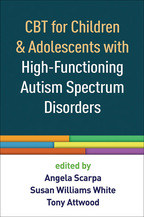Autism and Joint Attention
Development, Neuroscience, and Clinical Fundamentals
Peter C. Mundy
*Autism and the Myth of the Unresponsive Child
*The Demise of the Unresponsive Prototype
*The Dimensional Approach to the Social Nature of Autism
*The Fuzzy Nature of Human Nature
*The Moderator Model of Autism
2. The Dimension of Joint Attention and ASD Diagnosis
*Joint Attention and the Research Domain Criteria
*Joint Attention and the Evolution of the DSM Criteria for ASD
3. Joint Attention in Symptom Assessment and Risk Identification
*Joint Attention and Defining the Social Nature of Autism
*The Development of Clinical Measures of Joint Attention
*Applications of Joint Attention Measures to the Study of ASD
*Risk identification in Infant Siblings
*Joint Attention in Other Conditions
4. Joint Attention, Learning, and Social Cognition
*Joint Attention, Mentalizing, and Autism
*The Social-Cognitive Hypothesis of Joint Attention
*Joint Attention, Developmental Dissociations, and Timing
*An Alternative Theory of Joint Attention and Social Cognition
*Gender Differences and Joint Attention
*Joint Attention in Childhood
*Summary and Conclusion
5. Social Orienting, Joint Attention, and Social Motivation
*Three Questions about the Development of Joint Attention
*The Many Dimensions of the Social Phenotype of ASD
*When Does Joint Attention Develop?
*Joint Attention, Language Development, and Social Orienting
*Joint Attention and Cognitive Processing in Infancy
6. Early Intervention, Joint Attention, and ASD
*Models of Early Intervention
*Approaches to Joint Attention Intervention
*The JASPER Intervention
*Joint Attention and Intervention for Older Verbal Children
*Summary and Conclusions
7. Neurodevelopment of Joint Attention
*The Need for Caution in the Cognitive Neuroscience of ASD
*Choosing Dimensions in the Developmental Cognitive Neuroscience of ASD
*Evidence for the Neural Network of Joint Attention
*Imaging Studies of Joint Attention in Autism Spectrum Development
*The Overlap between the Joint Attention and Social-Cognitive Networks
*The Dynamic Development of Behavior and Social-Cognitive Neural Systems
*A Functional Appraisal of the Joint Attention Neural Network
*Summary and Conclusions
8. The Genetics of Joint Attention and Joint Engagement
*Joint Attention/Joint Engagement, Motivation, and Molecules
*The Genetics of JAJE: An Overview
*QTL Linkage and Joint Attention
*Oxytocin and Vasopressin Pathways and Joint Attention
*Animal Models of Joint Attention
*Joint Attention, Gene Interactions, and Genetic Repurposing
*Informing the Dimensional Approach to Autism
References
Index

